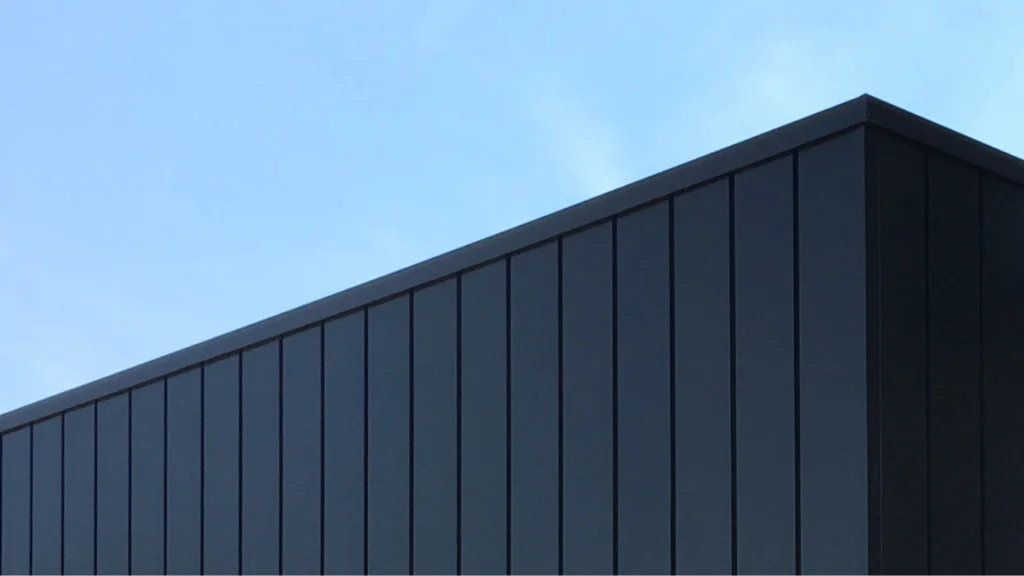Premium interlocking aluminum cladding options offer a durable, versatile, and aesthetically pleasing solution for building exteriors. This modern architectural element combines the strength of aluminum with innovative design to create seamless, weather-resistant facades that enhance residential and commercial structures.
1. Types of Interlocking Systems
Tongue and Groove This classic interlocking system features panels with a protruding edge (tongue) that fits into the grooved edge of the adjacent panel. It’s known for its tight seals and sleek appearance.
Standing Seam: This system, Characterized by raised seams between panels, offers excellent water drainage and a distinctive linear aesthetic. It’s trendy in contemporary architectural designs.
Cassette System Utilizing a hook-and-pin mechanism, cassette systems allow for easy installation and removal of individual panels, making maintenance and repairs more straightforward.
2. Material Benefits
Durability Aluminium’s natural corrosion resistance makes it ideal for exterior applications. Properly treated, it can withstand harsh weather conditions, salt spray, and UV exposure for decades.
Lightweight Compared to cladding materials like stone or brick, aluminum is significantly lighter. This reduces structural load and can simplify installation processes.
Recyclability As a highly recyclable material, aluminum cladding is an environmentally conscious choice. Many manufacturers offer products with high recycled content, further reducing environmental impact.
3. Finish Options
Powder Coating This popular finish offers a wide range of colors and textures. It’s highly durable and resistant to chipping, fading, and weathering.
Anodizing is an electrochemical process that enhances aluminum’s natural oxide layer. It provides excellent corrosion resistance and a metallic appearance.
Wood Grain Finishes Some manufacturers offer aluminum cladding with convincing wood grain finishes for those desiring the look of wood without its maintenance requirements.
4. Installation Considerations
Thermal Expansion Aluminium expands and contracts with temperature changes. Proper installation accounts for this movement to prevent warping or buckling.
Ventilation Ensuring adequate airflow behind the cladding is crucial for preventing moisture buildup and maintaining energy efficiency.
Insulation Integration Many systems allow for the incorporation of insulation materials, enhancing the building’s thermal performance.
5. Maintenance and Longevity
Cleaning Requirements Regular cleaning with mild soap and water is typically sufficient to maintain the appearance of aluminum cladding. Avoid abrasive cleaners or materials that could damage the finish.
Lifespan With proper installation and maintenance, premium aluminum cladding can last 50 years or more, making it a cost-effective long-term investment.
Repair and Replacement The interlocking nature of these systems often allows for the replacement of individual damaged panels without disturbing the entire facade.
6. Cost Factors
Initial Investment: While the upfront cost may be higher than some traditional cladding options, the long-term durability and low maintenance requirements often result in a lower lifetime cost.
Energy Savings The reflective properties of aluminum can contribute to improved energy efficiency, potentially lowering heating and cooling costs.
Property Value The modern, sleek appearance of premium aluminum cladding can enhance curb appeal and potentially increase property value.


